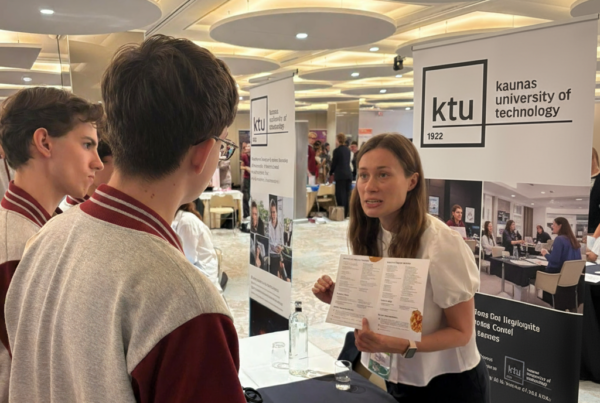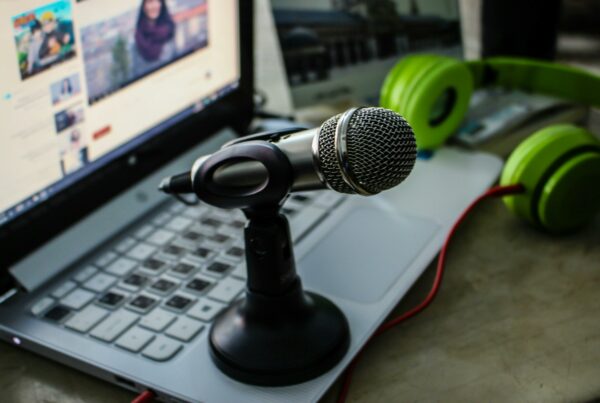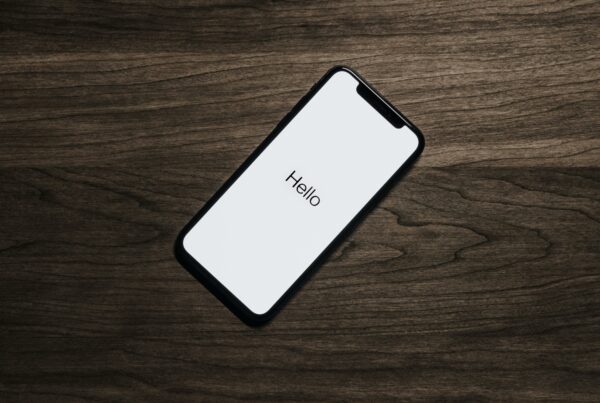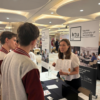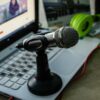In today’s competitive business world, lead capture has become one of the primary objectives for companies participating in commercial events. Events offer a unique opportunity to interact face-to-face with potential customers, something digital channels cannot completely replicate.
According to the Bizzabo Event Marketing Report 2023, 85% of B2B marketing professionals believe that in-person events are fundamental to their company’s success, with lead generation being the primary goal for 76% of these events.
The Importance of Lead Capture at Events
Prospect capture at in-person events offers significant advantages over digital channels. At an event, there is the possibility of establishing personal connections and generating trust immediately—something that can take weeks or months through online channels.
On-site leads are usually more qualified, as presence at an event demonstrates a real interest in the industry or solution.
According to the Event Marketing Institute, leads generated at events convert to sales at a rate 31% higher than leads from other marketing channels.
Differences Between Prospects and Potential Clients
Although often used synonymously, there is a fundamental difference between prospects and potential clients:
Prospects: These are contacts who have demonstrated some initial interest in the company’s products or services but have not yet been qualified. At an event, these would be the people who approach the booth or attend the presentation.
Potential Clients: These are prospects that have been evaluated and meet specific criteria that make them more likely to convert into customers. They have demonstrated a clear need for the solution and have the capacity and authority to make purchasing decisions.
This distinction is fundamental to developing effective follow-up strategies after the event, allowing prioritization of efforts on leads with the highest conversion potential.
Effective Strategies for Lead Capture at Events
Direct Interaction and Personalization at Stands
Personalization is key to capturing quality leads at events. Some effective techniques include:
- Train booth staff: Empower the team to formulate strategic questions that identify specific needs and the visitor’s level of interest.
- Create immersive experiences: Use interactive product demonstrations that invite active participation from visitors.
- Implement active listening systems: Teach the team to detect verbal and non-verbal signals that indicate genuine interest or specific pain points.
- Personalize the conversation: Adapt the discourse according to the visitor’s profile, focusing on specific benefits that solve their particular needs.
More information about event exhibitor management with our solutions.
Using Incentives and Promotions to Obtain Data
Well-designed incentives can significantly multiply the number of leads captured:
- Exclusive raffles: Organize raffles for premium industry-related products that attract the target audience.
- Valuable content: Offer access to webinars, e-books, or exclusive reports in exchange for contact data.
- Demos or free trials: Provide temporary access to solutions as an incentive to share contact information and specific needs.
- Exclusive offers for participants: Create time-limited promotions only available during the event.
Integrating Gamification Dynamics to Capture Attention
Gamification transforms lead capture into a fun and memorable experience:
- Contests and challenges: Implement competitions related to the product or service that encourage participation.
- Augmented reality applications: Create immersive experiences that require prior registration to participate.
- Points and rewards systems: Design a system where participants accumulate points by interacting with different booth elements.
- Leaderboards and social competition: Foster friendly competition among participants, increasing brand engagement and memorability.
Technology to Optimize Lead Capture at Events
Mobile Apps and CRM to Register Leads
Digitalizing the prospect capture process in events allows for greater efficiency and better follow-up:
- Scanning applications: Use specialized apps to scan smart badges or business cards, automatically categorizing the information.
- Real-time CRM integration: Configure the system so that captured data synchronizes immediately with the CRM, allowing immediate follow-up.
- Personalized digital forms: Create forms that adapt to different types of visitors and capture relevant information according to their profile.
- Real-time analysis: Implement tools that allow visualization of capture metrics during the event to adjust strategies in the moment.
More information about beamian integrations.
Use of QR Codes and Personalized Landing Pages
Integration between physical and digital channels maximizes potential client capture opportunities at events:
- Dynamic QR codes: Place QR codes at different booth points that direct to specific landing pages according to the interest demonstrated.
- Product or solution-specific landing pages: Create specific pages for each product line or service presented at the event.
- Progressive forms: Implement forms that request additional information in each new interaction, progressively building the lead’s profile.
- Chatbots for initial qualification: Use virtual assistants on landing pages to collect basic information and direct the visitor to the most relevant content.
How to Qualify and Prioritize Leads in Real-Time
Methods to Segment High-Value Prospects
Effective segmentation allows concentrating resources on the most promising leads:
- Lead scoring system: Develop a system that assigns numerical values to different lead characteristics and behaviors.
- Decision-making power identification: Determine if the contact has the capacity to make or influence purchasing decisions.
- Product-need fit analysis: Evaluate how well the solution addresses the specific needs expressed by the lead.
- Customer value potential: Estimate the potential long-term value of the customer according to their size, industry, and needs.
How to Identify and Prioritize Leads Ready to Buy
Recognizing high-purchase intention signals allows quick action with the hottest leads:
- Specific implementation questions: Leads asking detailed questions about timelines, installation, or integration are usually in advanced stages of the purchase cycle.
- Interest in prices and conditions: Those who actively ask about costs, discounts, or contractual terms show a clear purchase intention.
- Request for similar success cases: Interest in references from clients in the same sector or with similar problems indicates serious solution evaluation.
- Willingness to schedule follow-up meetings: Disposition to commit time after the event signals high interest and priority.
How to Transform Leads into Customers After an Event
Immediate and personalized follow-up is crucial to convert captured leads:
- Contact within 24-48 hours: Establish a communication protocol that ensures quick contact with all leads, prioritizing those with the highest potential.
- Personalization based on event interaction: Specifically mention conversations and interests shown during the event.
- Immediate value delivery: Provide relevant content or solutions to specific problems mentioned during the event interaction.
- Clear roadmap of next steps: Clearly define what the next actions are, eliminating ambiguities in the process.
For leads requiring further nurturing:
- Automated but personalized email sequences: Develop specific sequences according to the lead’s profile and interests.
- Targeted retargeting: Implement remarketing campaigns with messages adapted to interests shown during the event.
- Post-event webinars and exclusive content: Invite leads to personalized sessions where they can delve deeper into topics of their interest.
- Coordinated multichannel follow-up: Combine emails, calls, and professional social network contacts in an orchestrated manner.
Conclusion and Recommendations
Checklist for Capturing and Converting Leads at Events
✓ Define clear capture objectives before the event
✓ Empower the team in lead qualification techniques
✓ Prepare the technological infrastructure for digital capture
✓ Design attractive incentives for the target audience
✓ Implement a real-time lead categorization system
✓ Establish an immediate post-event follow-up protocol
✓ Develop personalized content for each lead segment
✓ Configure medium-term lead nurturing automations
✓ Coordinate efforts between marketing and sales teams
✓ Establish clear metrics to evaluate event ROI
KPIs to Measure Lead Capture and Conversion Success
To evaluate strategy effectiveness, it is fundamental to monitor key indicators such as:
- Number of leads captured: Total number of contacts obtained during the event.
- Visitor-to-lead conversion rate: Percentage of participants who provided their data.
- Cost per lead: Total event investment divided by the number of leads obtained.
- Qualified lead rate: Percentage of leads that meet the criteria to be considered real opportunities.
- Average conversion time: Period from capture to customer conversion.
- Average acquired customer value: Revenues generated by customers obtained through the event.
- Event ROI: Return on investment considering revenues generated by new customers.
Potential customer capture at events continues to be one of the most effective strategies for generating high-quality business opportunities. By combining personalized human interaction with advanced prospect capture technology, companies can maximize their event investment return and build a solid base of potential customers that drive business growth.


